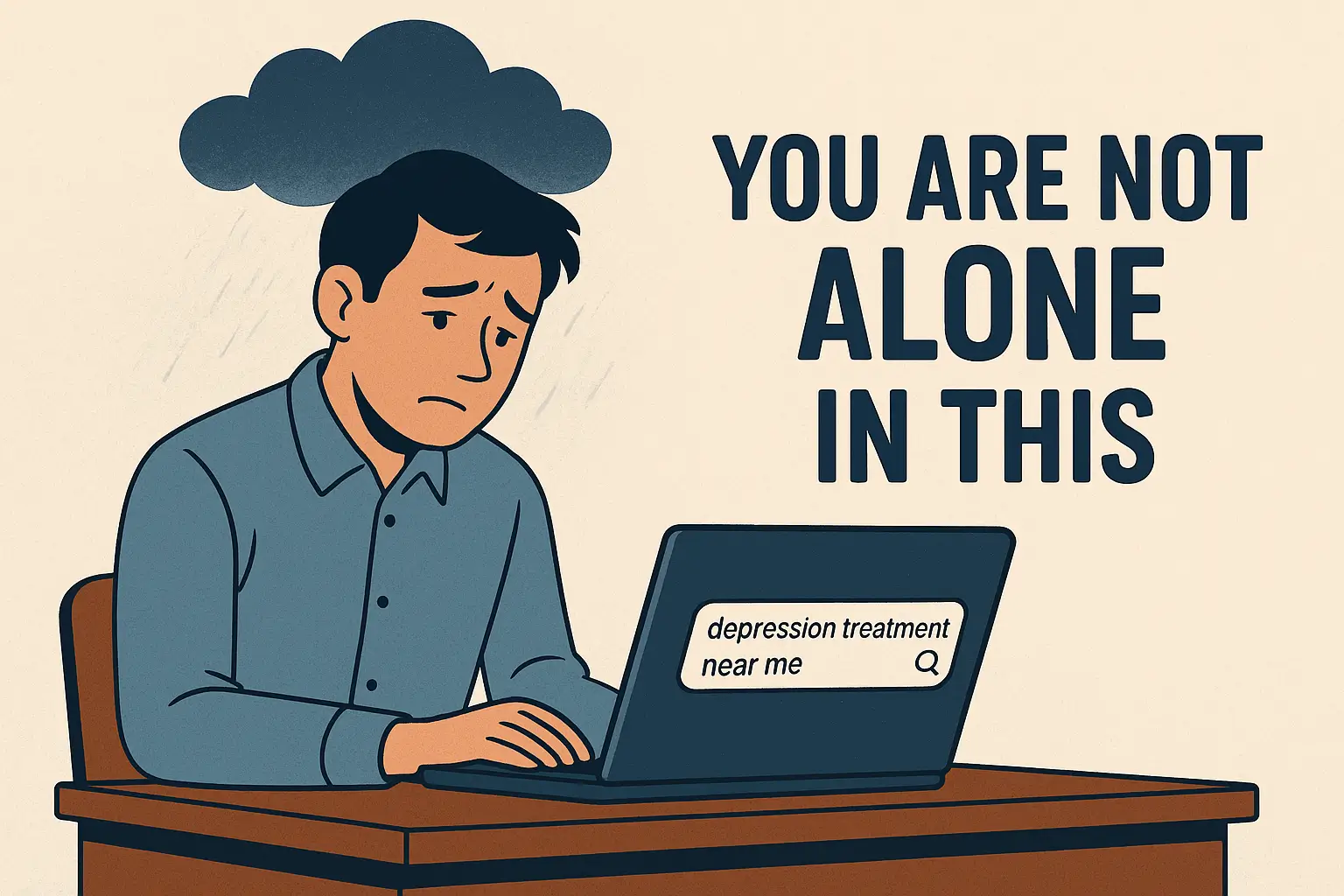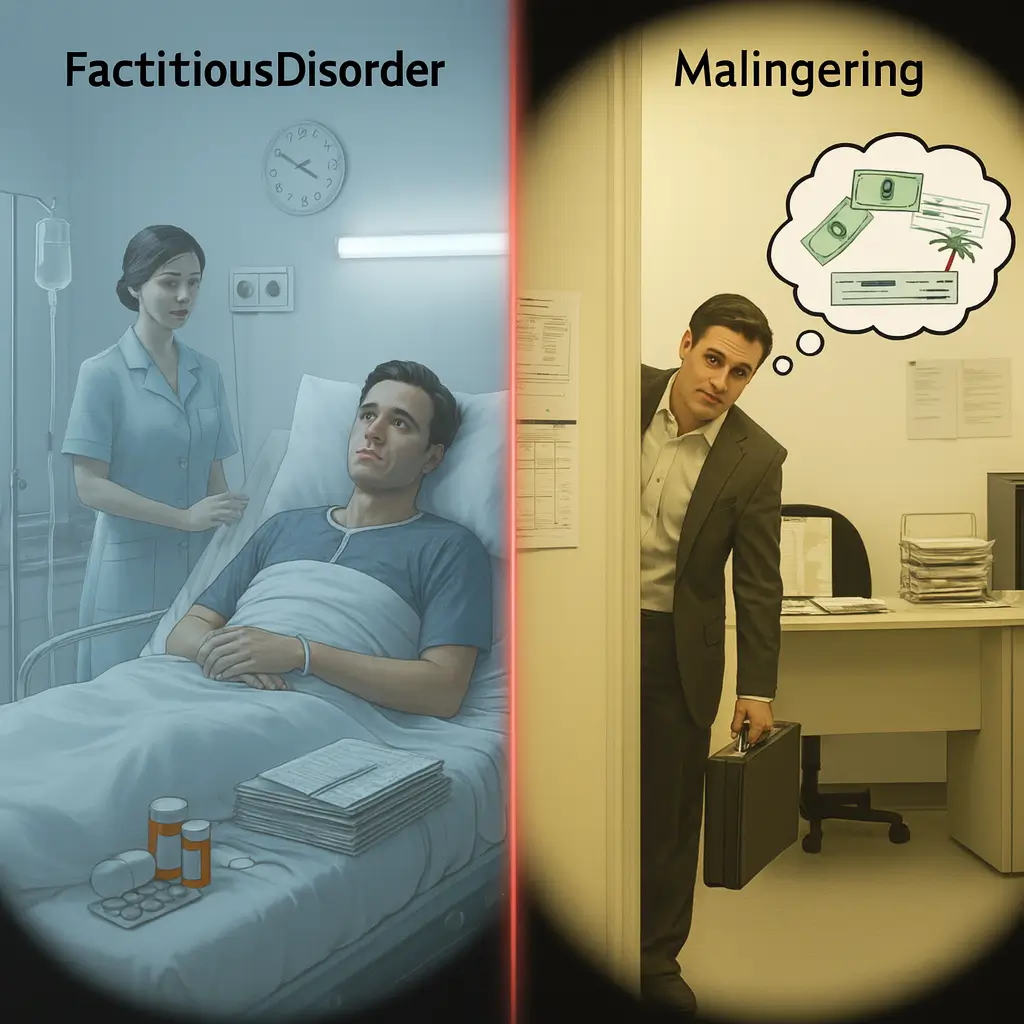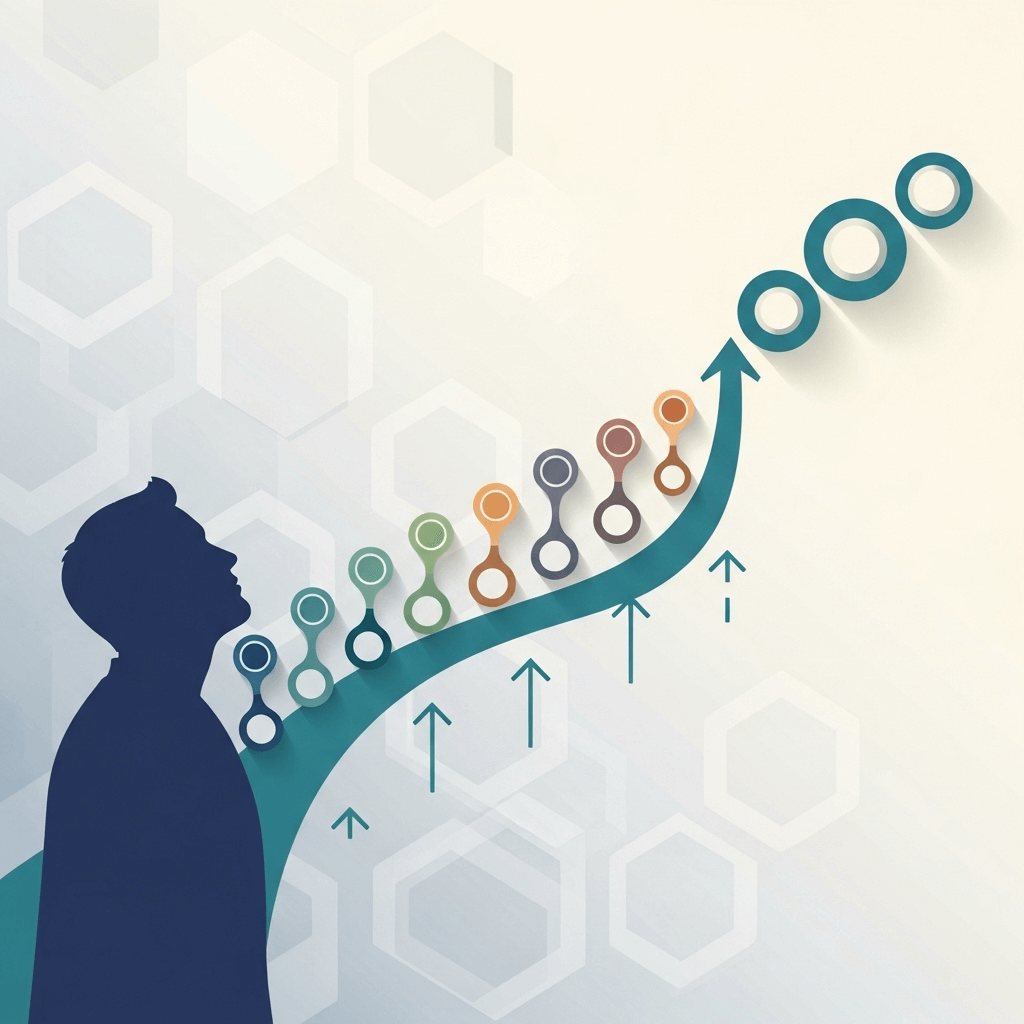
Understanding Adolescent Addiction
Adolescent addiction is a pressing issue that requires attention and effective treatment. By understanding the prevalence of youth drug abuse and the impact of early drug abuse, we can better address this complex problem.
Prevalence of Youth Drug Abuse
Youth drug abuse is alarmingly prevalent and demands immediate action. At least 1 in 8 teenagers have abused an illicit substance in the past year, highlighting the magnitude of this issue as a significant public health concern [1]. The statistics underscore the urgent need for comprehensive addiction treatment tailored to adolescents.
Impact of Early Drug Abuse
Early drug abuse among youth can have long-lasting consequences. Research has shown that early drug abuse is linked to substance abuse problems later in life, with the most significant increases in destructive behavior observed among older teens and young adults. This emphasizes the importance of early intervention and treatment to prevent the escalation of substance abuse issues.
It is crucial to recognize that the impact of adolescent addiction extends beyond just the individual. The repercussions can be far-reaching, affecting families, communities, and society as a whole. Timely and effective treatment not only helps the individual struggling with addiction but also contributes to the well-being of the broader community.
To combat adolescent addiction effectively, it is essential to understand the commonly abused substances among youth, the relationship between mental health and substance use, as well as the risks and warning signs associated with addiction. By gaining this knowledge, we can develop comprehensive treatment approaches and prevention strategies that address the unique needs of adolescents.
In the following sections, we will explore commonly abused substances among adolescents, delve into the connection between mental health and substance use, and discuss effective treatment approaches to combat adolescent addiction.
Commonly Abused Substances
In the realm of adolescent addiction, it's important to understand the prevalence of substance abuse among young individuals and the impact it can have on their lives. This section will focus on three commonly abused substances among adolescents: alcohol, marijuana, and opioids.
Alcohol Abuse Among Teens
Alcohol is the most commonly abused substance among teens and young adults. According to the National Center for Drug Abuse Statistics, it is crucial to implement effective interventions and treatment programs that specifically target youth alcohol abuse. Teenagers are particularly vulnerable to the effects of alcohol due to their developing brains and the potential for long-term consequences.
Alcohol affects teenagers differently than adults, often leading to increased energy, risky behavior, and aggression, particularly in individuals with ADHD who may already struggle with impulsivity. Recognizing the signs of alcohol abuse in teens is important for early detection and intervention.
Marijuana Use in Adolescents
Marijuana is another commonly used illicit substance among youth. The prevalence of marijuana use among adolescents highlights the need for specialized treatment and prevention strategies to address this issue. According to the National Center for Drug Abuse Statistics, marijuana abuse in adolescents requires targeted interventions and comprehensive approaches.
Marijuana use can have significant consequences on the developing brains of teenagers. It can impact their cognitive function, memory, and academic performance. Therefore, it is crucial to educate adolescents about the risks associated with marijuana use and provide appropriate treatment options for those struggling with marijuana abuse.
Opioid Abuse in Youth
Opioid abuse has reached epidemic levels across the United States, and adolescents are not immune to its effects. It is classified as a national public health emergency, emphasizing the need for comprehensive addiction treatment programs tailored to address opioid abuse among adolescents and young adults. The National Center for Drug Abuse Statistics underscores the critical importance of addressing opioid abuse in this population.
Opioids can have devastating consequences for young individuals, leading to addiction, overdose, and even death if left untreated. It is essential to provide effective treatment options that combine medication-assisted therapies, counseling, and support services to help adolescents overcome opioid addiction and regain control of their lives.
By addressing the specific challenges associated with alcohol, marijuana, and opioid abuse among adolescents, we can develop targeted prevention strategies and effective treatment approaches. Recognizing the signs of substance abuse and providing appropriate interventions are crucial steps in supporting young individuals on their journey to recovery. If you're interested in learning more about addiction treatment, you can explore our articles on addiction treatment success rates, executive addiction treatment, LGBTQ+ addiction treatment, and veterans addiction treatment.

Mental Health and Substance Use
When addressing adolescent addiction, it's essential to consider the relationship between mental health and substance use. There is a significant correlation between the two, with many adolescents experiencing co-occurring disorders and accelerated substance use.
Co-Occurring Disorders
Co-occurring disorders, also known as dual diagnosis, refer to the presence of both a substance use disorder and a mental health disorder. Almost half of children with mental health disorders, if left untreated, will develop a substance use disorder, making it more challenging to treat their mental health and impacting their future. A 2016 study of 10,000 adolescents revealed that two-thirds of those who developed alcohol or substance use disorders had experienced at least one mental health disorder.
When an untreated mental health disorder is present, adolescent alcohol or drug use can accelerate quickly, with problematic use emerging within months. It's crucial to recognize that substance use can significantly disrupt a young person's life, impacting their social life, academic performance, and overall mental well-being, even if they are not technically dependent on the drug. This disruption is particularly true for youth with mental health disorders [2].
To provide effective treatment for adolescent addiction, it is essential to address both the substance use disorder and any co-occurring mental health disorders simultaneously. Integrated care that focuses on treating both issues together has shown to be the most effective approach. Therefore, it is crucial to seek outpatient or residential/inpatient treatment centers with professionals trained to address co-occurring substance use and mental health issues [3].
Accelerated Substance Use
Adolescent alcohol or drug use can accelerate rapidly when a young person has an untreated mental health disorder. This means that problematic substance use can emerge within a short period, typically just a few months [2]. The presence of a mental health disorder can contribute to increased vulnerability and experimentation with substances, as individuals may turn to drugs or alcohol as a way to cope with their emotional challenges.
It's crucial to identify and address the underlying mental health concerns that may be driving accelerated substance use. By providing appropriate support and treatment for mental health disorders, we can help reduce the risk of further substance abuse and improve overall outcomes for adolescents struggling with addiction.
Understanding the connection between mental health and substance use is vital in developing effective treatment strategies for adolescent addiction. By addressing co-occurring disorders and recognizing the impact of mental health on substance use, we can provide comprehensive care that supports the long-term recovery and well-being of young individuals.
Risks and Warning Signs
When it comes to adolescent addiction, early detection and understanding the factors contributing to addiction are crucial. Recognizing the risks and warning signs can help identify potential issues and allow for timely intervention and treatment. In this section, we will explore the importance of early detection of substance use and the factors that contribute to addiction.
Early Detection of Substance Use
Early detection of substance use is essential in addressing addiction issues among adolescents. Research shows that an early age of first drug use, particularly before the age of 15, is strongly associated with the risk of developing a substance use disorder later in life. It is important for parents, educators, and healthcare professionals to be vigilant and observant of any signs of substance use in teenagers.
Some warning signs of substance use in adolescents may include:
- Sudden changes in behavior, mood, or appearance
- Decline in academic performance
- Loss of interest in hobbies or activities once enjoyed
- Increased secrecy or withdrawal from family and friends
- Excessive tiredness or lack of motivation
- Frequent borrowing of money or unexplained financial difficulties
Early detection of substance use provides an opportunity for timely intervention and access to appropriate treatment. If you suspect that a teenager may be using drugs or alcohol, it is important to approach the situation with care and seek professional guidance from addiction treatment experts.
Factors Contributing to Addiction
Understanding the factors that contribute to addiction can help shed light on why some adolescents may be more vulnerable to substance abuse. The acronym FACTS represents five main factors that heighten the risk for addiction: Family history, Age of first use, Craving, Tolerance, and Surroundings.
- Family history: Adolescents with a family history of substance abuse are more likely to develop addiction themselves due to genetic and environmental factors.
- Age of first use: Initiating substance use at an early age significantly increases the risk of developing a substance use disorder later in life.
- Craving: Experiencing strong cravings for drugs or alcohol can be an indication of addiction vulnerability.
- Tolerance: Developing tolerance, where higher amounts of the substance are needed to achieve the desired effect, is a common sign of addiction.
- Surroundings: Social and environmental factors, such as peer pressure or exposure to a substance-abusing environment, can contribute to substance abuse among adolescents.
Recognizing these factors and addressing them early on can help steer teenagers away from risks that could make them more vulnerable to addiction. Early intervention and treatment, along with a supportive environment, play a vital role in mitigating the negative effects of substance abuse.
Understanding the risks and warning signs associated with adolescent addiction is crucial for parents, educators, and healthcare professionals. By staying informed and observant, we can better support teenagers in their journey towards recovery and help them access the necessary treatment and resources. For more information on effective treatment approaches, refer to our article on adolescent addiction treatment.

Effective Treatment Approaches
When it comes to adolescent addiction treatment, there are various approaches that have been proven effective in helping young individuals recover from substance use disorders. Two commonly utilized treatment approaches are family-based therapies and cognitive-behavioral therapy.
Family-Based Therapies
Family-based therapies have shown to be well-established interventions for treating adolescent substance use disorders. These therapies focus on the involvement of the entire family in the treatment process, recognizing that familial dynamics and relationships play a significant role in a young person's substance use.
One notable family-based therapy is Multidimensional Family Therapy (MDFT), which has demonstrated effectiveness in promoting treatment attendance and fostering a strong therapeutic alliance. Research has shown that MDFT is comparable or even more beneficial than various other treatment modalities, particularly among youth with severe substance use disorders [5].
By involving family members in therapy sessions, family-based therapies aim to improve communication, enhance problem-solving skills, and strengthen family relationships. These interventions create a supportive environment that aids in the recovery process and helps adolescents develop healthier coping mechanisms.
Cognitive-Behavioral Therapy
Cognitive-Behavioral Therapy (CBT) is another effective treatment approach for adolescent substance use. CBT focuses on identifying and changing negative thought patterns and behaviors that contribute to substance abuse. It helps individuals develop strategies to cope with cravings, manage triggers, and make healthier choices.
CBT has been extensively studied and remains an evidence-supported treatment for adolescent substance use. Recent advancements in CBT have explored the use of third-wave cognitive-behavioral therapies and personalized delivery. These approaches incorporate acceptance-based techniques, mindfulness-based practices, and individualized treatment plans to optimize efficacy.
By working with a trained therapist, adolescents can learn to recognize and challenge their negative thoughts, develop healthier coping skills, and acquire strategies to prevent relapse. CBT equips young individuals with the tools they need to navigate the challenges of recovery and build a foundation for long-term sobriety.
In addition to family-based therapies and cognitive-behavioral therapy, there are other treatment approaches available for adolescent addiction. It's important to tailor the treatment plan to the individual's unique needs and consider factors such as the severity of the substance use disorder, the presence of co-occurring disorders, and personal preferences. To explore more treatment options and resources, you can refer to our article on addiction treatment success rates, which provides a comprehensive overview of available programs and approaches.
Prevention and Resources
Preventing adolescent addiction and providing resources for those in need are vital components in addressing the issue of substance abuse. Community-based programs and support for co-occurring disorders play a crucial role in the treatment and prevention of addiction among adolescents.
Community-Based Programs
Community-based prevention programs are valuable resources for adolescents dealing with substance use. These programs can be accessed by contacting local community nursing stations, health centers, band councils, or regional offices. They provide support, education, and resources to help young individuals navigate the challenges of addiction and make informed decisions about their health and well-being.
These community programs often include outreach initiatives, counseling services, workshops, and educational campaigns. By engaging with local organizations and healthcare providers, adolescents can gain access to the necessary support systems and interventions to prevent or address substance abuse issues.
Support for Co-Occurring Disorders
Substance abuse often co-occurs with mental health disorders among adolescents. It is essential to recognize and address these co-occurring disorders to provide comprehensive treatment. Many teens with addiction issues also have co-occurring mental health disorders such as anxiety or depression. Integrated care for both issues is crucial for successful treatment outcomes.
Resources are available for adolescents struggling with mental health issues alongside substance use. It is important to seek outpatient or residential/inpatient treatment centers with professionals trained to address co-occurring substance use and mental health treatment simultaneously. These professionals can provide the necessary support, therapy, and interventions to address the underlying issues contributing to addiction.
By focusing on prevention through community-based programs and providing support for co-occurring disorders, we can make significant strides in addressing adolescent addiction. It is important for parents, educators, and healthcare providers to be aware of these resources and work together to create a supportive environment for adolescents struggling with substance abuse.
References
- [1]: https://drugabusestatistics.org/teen-drug-use/
- [2]: https://childmind.org/article/mental-health-disorders-and-substance-use/
- [3]: https://www.hazeldenbettyford.org/articles/warning-signs-teen-substance-use
- [4]: https://www.ncbi.nlm.nih.gov/pmc/articles/PMC5943494/
- [5]: https://www.ncbi.nlm.nih.gov/pmc/articles/PMC7241222/
- [6]: https://www.canada.ca/en/health-canada













